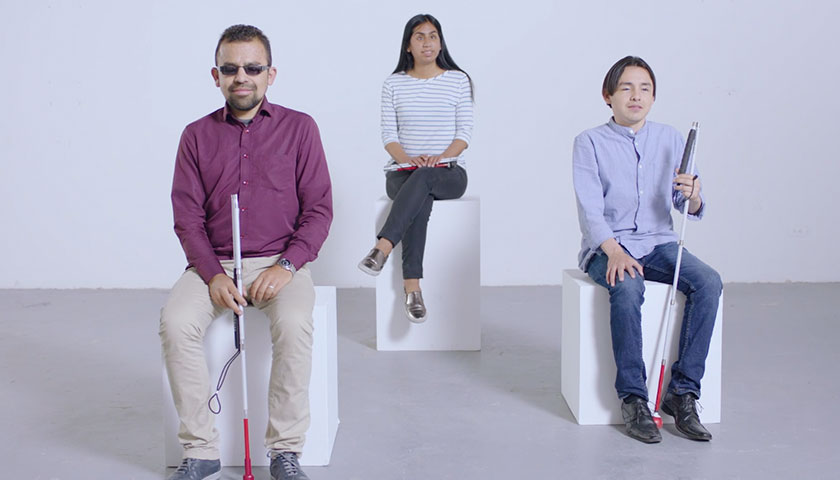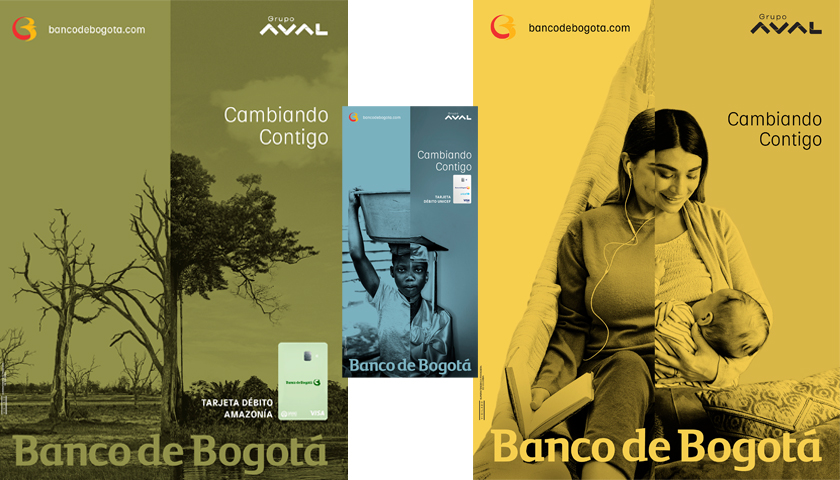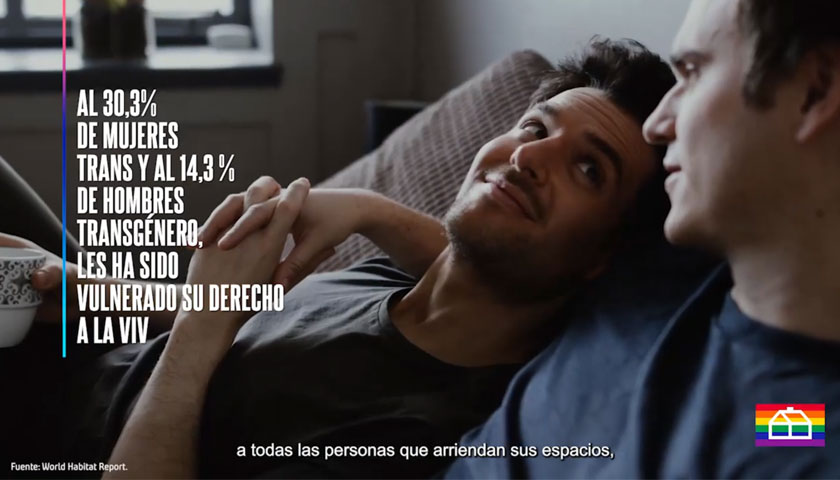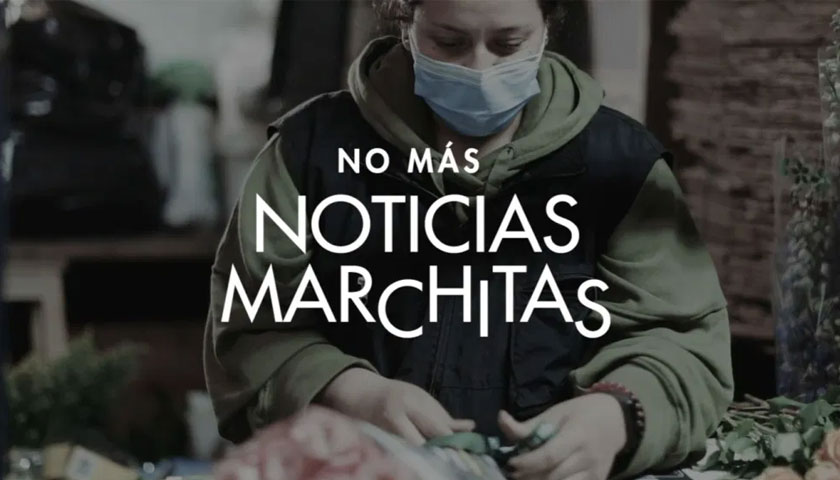Recruitment and selection methods have evolved with the development of a more inclusive and diverse perspective. From the submission of curriculum vitaes without photos, designs of interviews based on the skills and no bias or prejudice about physical appearance of the candidate and more transparent and honest processes that really find the ideal and right person for the job.
McCANN Colombia, in partnership with the Centro de Rehabilitación Visual Integral (Eye Rehabilitation Center – CRAC), launch the initiative “Blind Interviews” to show that nothing is what it seems, including people with visual disability on the practice of work interviews, supporting the headhunter on leading processes free of bias or prejudice about physical appearance.
“Diversity and inclusion are a strong motivation to seek creative ideas that have a meaningful role in the life of society,” added Alejandro Bermúdez, Chief Creative Officer of McCann Colombia. “With Blind Interviews, we look for including people with visual disability to working life, developing their skills and abilities, to deliver a service free of bias to many companies that are now changing their selection and recruitment processes”.
Catalina Esteban Reverend, Communications Director of CRAC says: “Every day we work in order to break paradigms and stereotypes of society about visual disability. With this campaign worked with McCANN team, we have achieved that many social sectors and the public opinion could find out our work and the impact of integral rehabilitation in the empowerment of people with visual disability for their social inclusion.” The Integral Visual Rehabilitation (CRAC) has already been supported by Grupo Contacto, an important headhunter company in Colombia.
This action, broadcasted on television, YouTube, Facebook and Google Display Network, shows how CRAC is performing an incredible work for the rehabilitation of these people with visual disability so they can recover their independence and autonomy, giving them the necessary tools to rejoin the social and working life.



